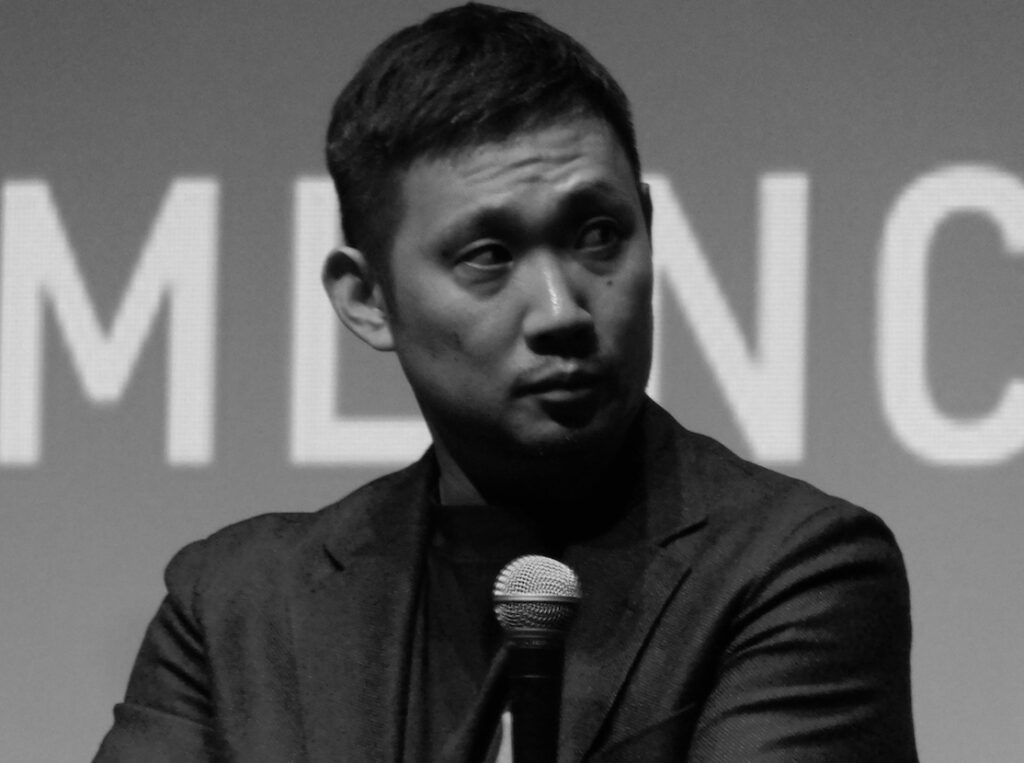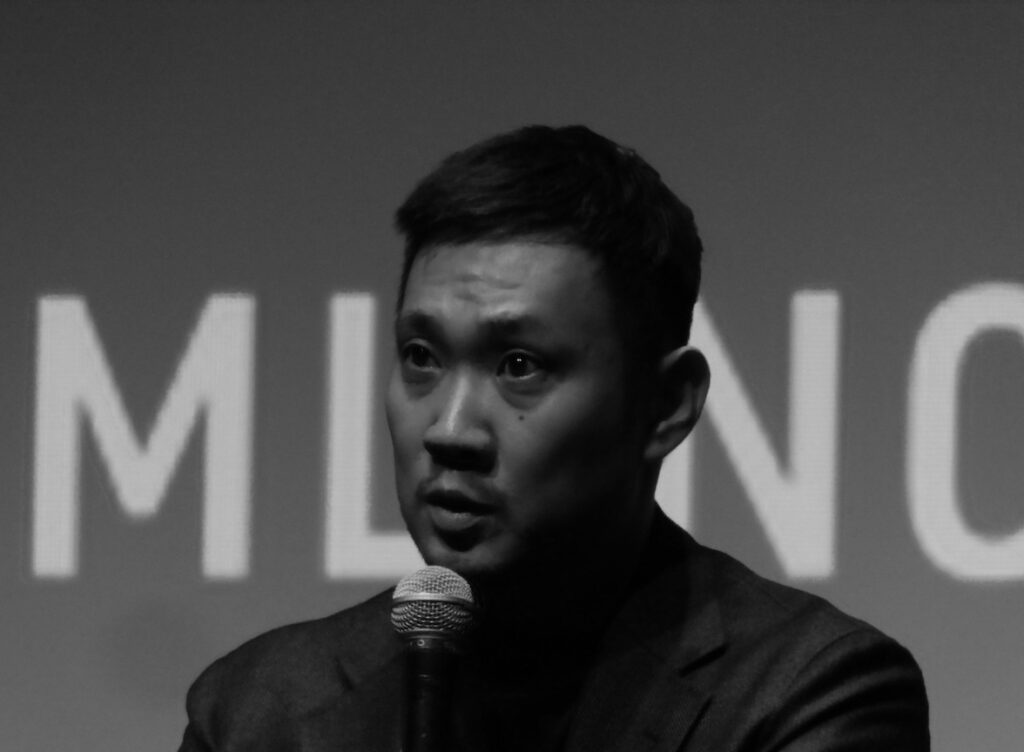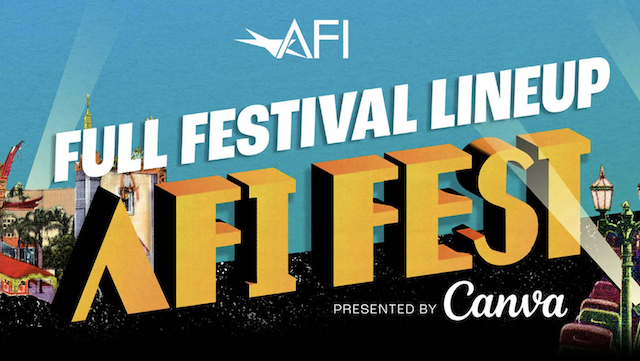
Synopsis : Takumi and his daughter Hana live in Mizubiki Village, close to Tokyo. Like generations before them, they live a modest life according to the cycles and order of nature. One day, the village inhabitants become aware of a plan to build a glamping site near Takumi’s house; offering city residents a comfortable ‘escape’ to nature. When two company representatives from Tokyo arrive in the village to hold a meeting, it becomes clear that the project will have a negative impact on the local water supply, causing unrest. The agency’s mismatched intentions endanger both the ecological balance of the nature plateau and their way of life, with an aftermath that affects Takumi’s life deeply.
Genre: Drama
Original Language: Japanese
Director: Ryusuke Hamaguchi
Producer: Satoshi Tanaka
Writer: Ryusuke Hamaguchi
Runtime:
Production Co: Fictive , NEOPA

Q&A with Director Ryusuke Hamaguchi
Q: How did this film come about? It’s an unusual process because it was this incredible score, this piece of music that was the impetus.
RH: This film had quite a strange beginning. It started with an idea from the composer of the film — Eiko Ishibashi. She asked me to create a film to accompany her live performances. I’d never done any kind of filmmaking like that so I wondered where I should start and rather than use something that would be abstract to accompany the music, she said that she trusted me in my narrative vision. And that’s how this film came about.
Q: It was a new piece of music that she composed. Was the idea for you to respond to this piece of music? What responses did this music provoked in you?
RH: It was quite a complex process that took about two years. The theme of the film that began at the beginning wasn’t prepared in advance. She had about three songs, which are featured in the film, as demos. She also composed the music for “Drive My Car.” I was trying to respond to her general musicality and her music overall. Then after I made the film, she provided me with the beautiful theme song that you hear in the film.
Q: How did you use the music in the film? It’s quite an unconventional use of a score. The most noticeable effect is how abruptly you cut both images and sound. Can you talk about why you used the music that way?
RH: The theme song that she wrote for us was really beautiful and was something that evoked a really emotional response in people. But, in reality, I didn’t really think very positively about music as being an emotionally manipulative component of films. I thought about how to separate the relationship between music and image to make sure that they weren’t too reliant on one another. That came with the idea to cut abruptly as a way to preserve the beauty of her music but also create some distance between the image and the music. That was my way of responding to her music.
Q: One thematic element of the film is the confrontation with nature. Did that come to you from the music or were there these ideas that you were working with before this film?
RH: The idea to film nature or create a film about nature came from Ishibashi herself. I would call her the source of that idea. I did say that the process was quite complicated and took about two years but that first year was a year spent really not knowing what to do. During that process, I decided I would go and research what her musical process was so I went to where she works and it was a place that was surrounded by nature. I then understood that her music had so much to do with the churning of the nature around her. It really resonated with her music and process so that’s where I realized the idea of filming nature and making a music film around nature.
Q: Is the region the one that’s in the film or is it a different part of Japan?
RH: It’s not exactly the same place but very close to where ishibashi-san lives and so I asked some of her hometown friends to talk about interesting places; even some of the dialogue that you hear in the film came from that. These facts about nature were things that her friends would say.

Q: Where the question of evil comes into it, the title is a statement, “Evil does not exist.” But the film is maybe more of a question about the existence of evil — it’s a definitive title but a far from definitive film.
RH: I was looking at nature and the title was a naturally occurring idea as you see in the film. In the beginning, you see the trees passing by and see the young girl. In a sense, it’s from the girl’s perspective. I think that anyone watching from the very beginning would not think that evil doesn’t exist in this kind of environment. Of course, there are plenty of things that are violent that happen in nature — earthquakes, tsunamis, etc. But I don’t think that anyone would say these things are evil; they’re just naturally occurring. I was using this title as my project title and I don’t think that anyone watching this film would come away with this idea that evil doesn’t exist but there was a special tension happening between the title and the narrative of the film so I decided to keep it.
Q: You said this project originated in unconventional ways. It’s new for your films to be surprising and to take unexpected turns but this film really does. The film does shift in a very surprising way when you introduce the glamping project and the employees of playmode. Given all the surprising turns that this film takes, was writing it similar to how you worked on your other films?
RH: I have to admit that I was making this film without really knowing what kind of direction it would head in. As I was researching, I was really questioning how things would unfold so when I went to this place and began to research I came across a situation very similar to the one that you saw in the film where a glamping project was being pitched to the people of the village. It was a very idiotic project that was being completely slammed by the people in the village. So it came from the perspective of a person from the city visiting this natural place. I felt like I found a certain perspective that I could relate to with these city people using nature for their advantage. Once I found that perspective, I latched onto it feeling like I had found an arc but of course the ending of the film is complete fiction.
Q: Did you know the ending of the film when you started writing or was it something that came to you?
RH: As I was researching the whole arc, the ending came to me organically and naturally. But when we were in production and I was shooting the film, I was really thinking about what this meant for me and the narrative. But in working with the actors, I’m not the type of director that tries to direct how the actor acts out their emotions. So as I watched him [Takumi] calmly strangle this person, I felt like it really matched the character’s true nature and it made me feel like the ending really made sense for the film. One response I received to the film that made me really happy was someone who said, “The first time I saw it I was really shocked and the second time I was confused and then with the third time, I really understood it.” I feel like maybe if you see it three times you’ll really get it [chuckles].
Q: We have to address the cinematography in this film from the opening shots of the trees to the shots in the woods to the shots in the vehicles. There are shots in nature where the camera seems to assume the point of view of nature. Talk about how you worked with your cinematographer, Yoshio Kitagawa, to figure out the visual language of the film.
RH: It’s quite a complicated response or idea but first of allthe Director of Photography, Yoshio Kitagawa, previously did my film “Happy Hour.” He has a very unique style in which he captures the atmosphere of things. That’s something that you see very clearly in this film but when we began discussing how we would shoot this film I told him that it was the really minute small movements that were very important and that he should frame the image in a way so that those small minute movements were clearly represented.
That might translate into something like putting the camera at the back of the car as it drives away. When we were discussing the filming, he talked about driving my car and all these shots where they have a POV perspective. When he told me that, I thought that doesn’t really make sense to me because I don’t think of it from the point of view of the characters. I think of it just from the camera’s perspective. It’s as if cameras are placed in various places so it’s not really a human point of view but rather like we were just placing a camera here then it would see something. That’s how I thought about it.
Q: You had said, “I’m still not sure what this film is for me.” Now three months later and you’ve shown it in Venice where you won a big prize and have done many interviews. Where do you stand with the film now?
RH: The honest answer is that I still don’t really know what this film is but it really gives me a lot of joy. It’s a film that I don’t get tired of watching. In fact, during the edit I’ve probably watched the film about a hundred times but each time I feel like my eyes and ears are happy. I really hope that the audience can also takes home that feeling.

